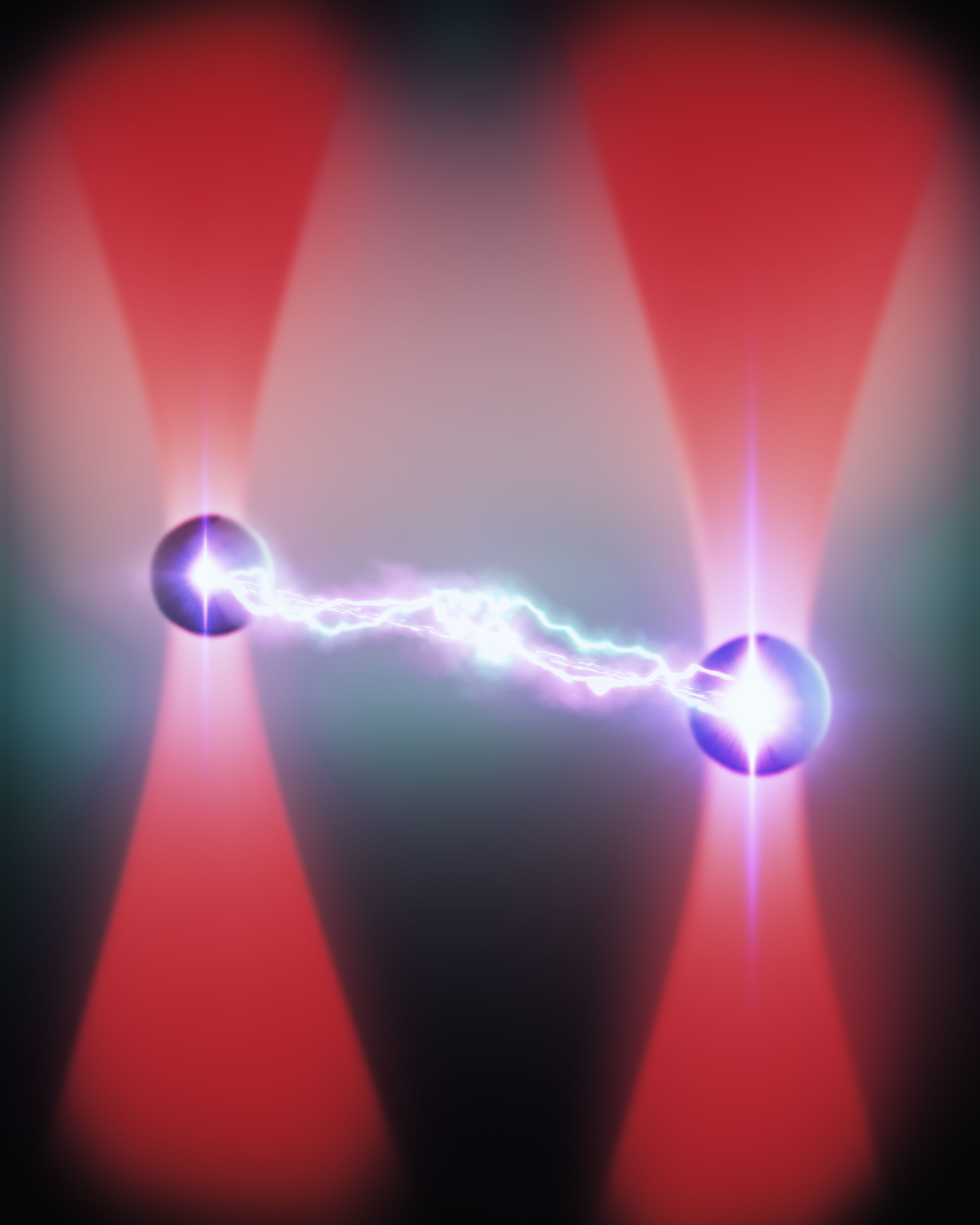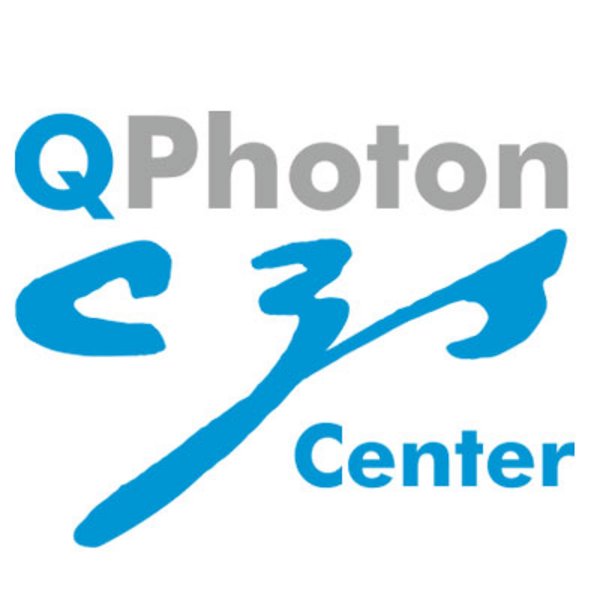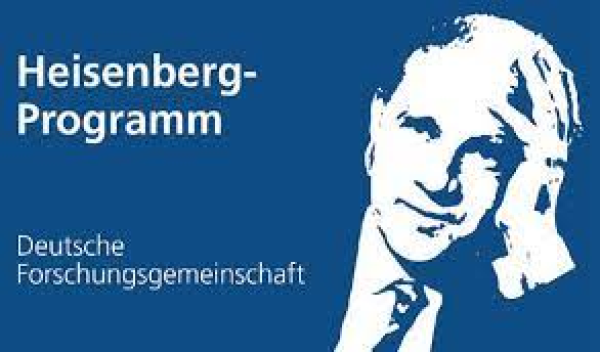Levitated particle arrays
Co-levitated nanoparticles can exhibit strong and tunable interactions through light scattering. Importantly, this optical binding interaction can be non-reciprocal, i.e. it seemingly violates Newton's law of action equals reaction. We study the quantum dynamics of non-reciprocally interacting levitated nanoparticle arrays and investigate how their dynamics can be exploited for force and torque sensing.








